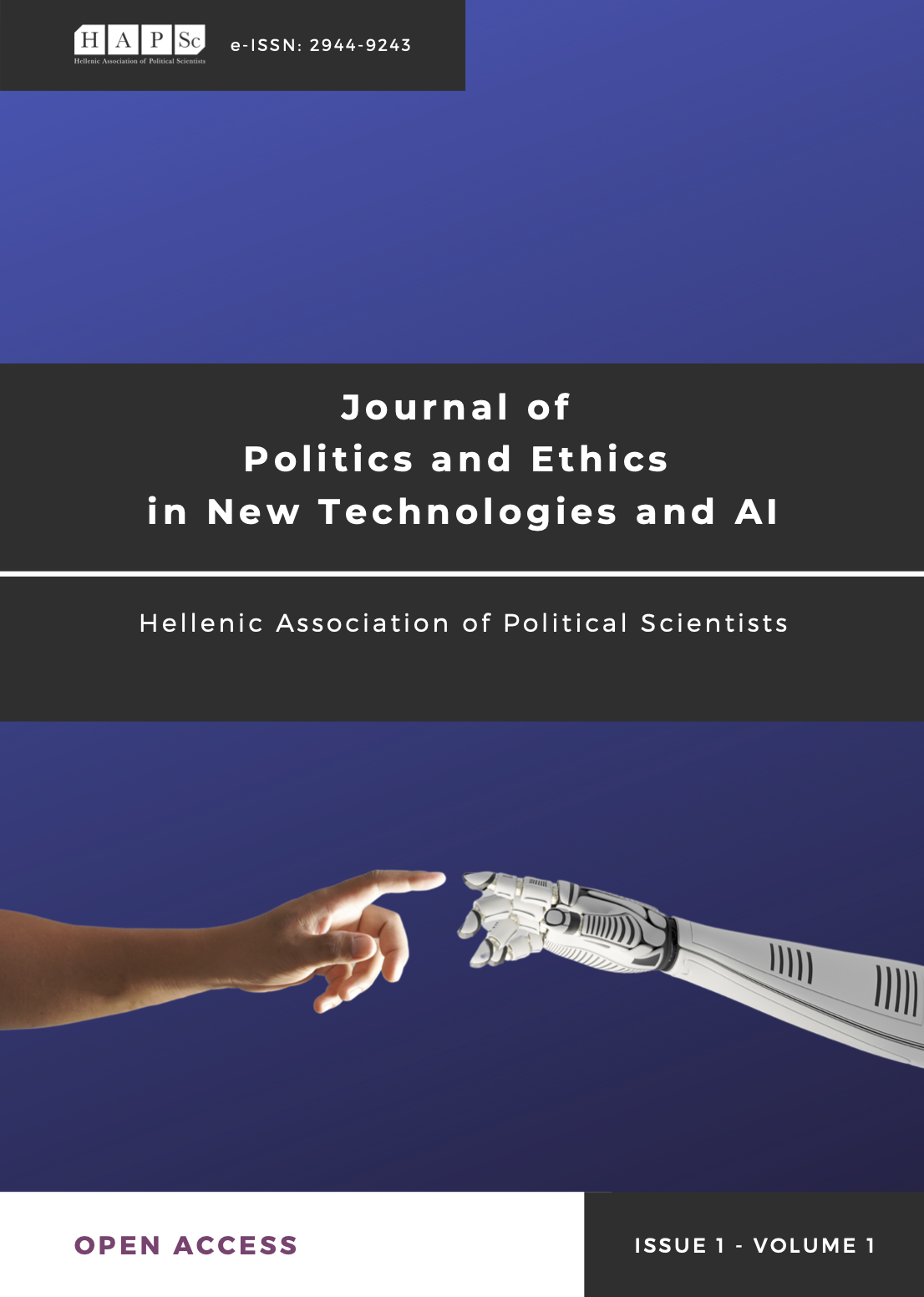A Review of the e-Government Maturity Models: Are They Still Relevant?

Abstract
In the past, a number of methodologies and approaches have been created to evaluate the development of e-Government and the public sector's digital transformation. Numerous e-Government maturity models have been created to close this gap. The variety of models, though, has come under criticism from several academics. The purpose of this research is to examine whether e-Government maturity models can still be regarded as relevant through the examination of 39 e-Government maturity models that have been established throughout the year. The results indicate that due to the numerous internal and external relevant inflectional factors that have not been taken into consideration by the models under study, e-Government maturity models have a limited ability to represent the growth of e-Government.
Article Details
- Section
- Research Articles
Authors retain copyright and grant the journal right of first publication with the work simultaneously licensed under Creative Commons 4.0 (CC-BY 4.0) license, that allows others to share the work with an acknowledgement of the work's authorship and initial publication in this journal.





